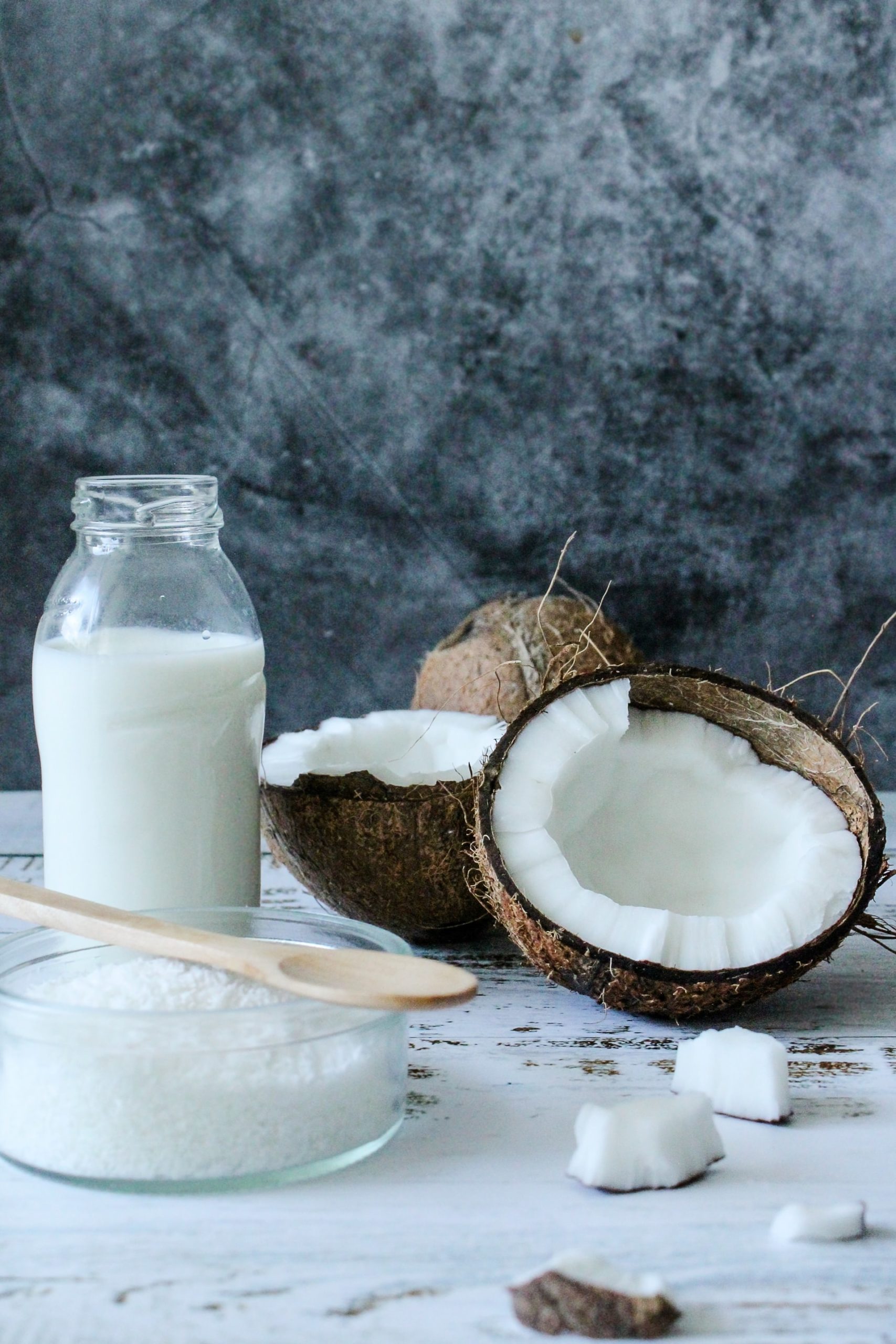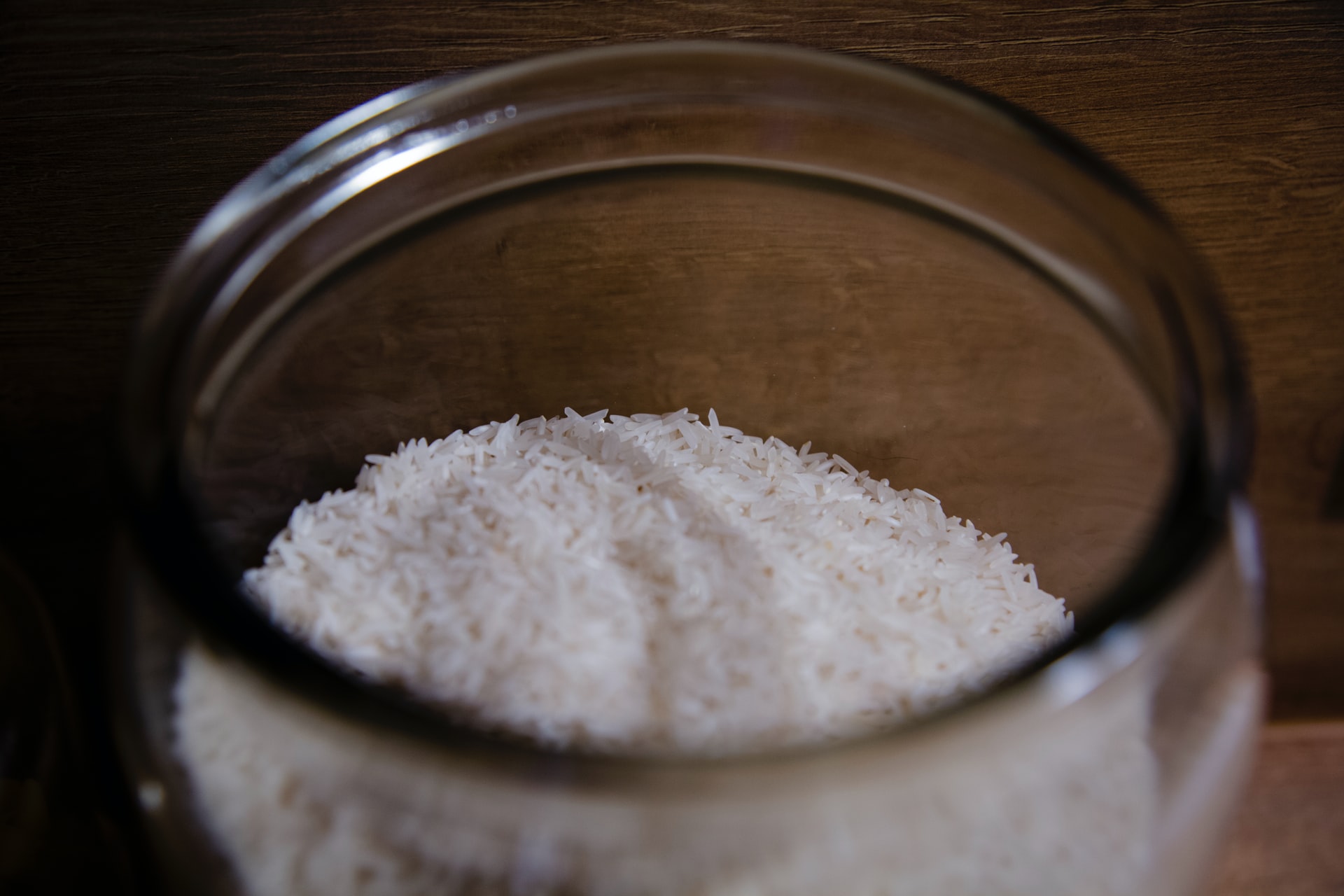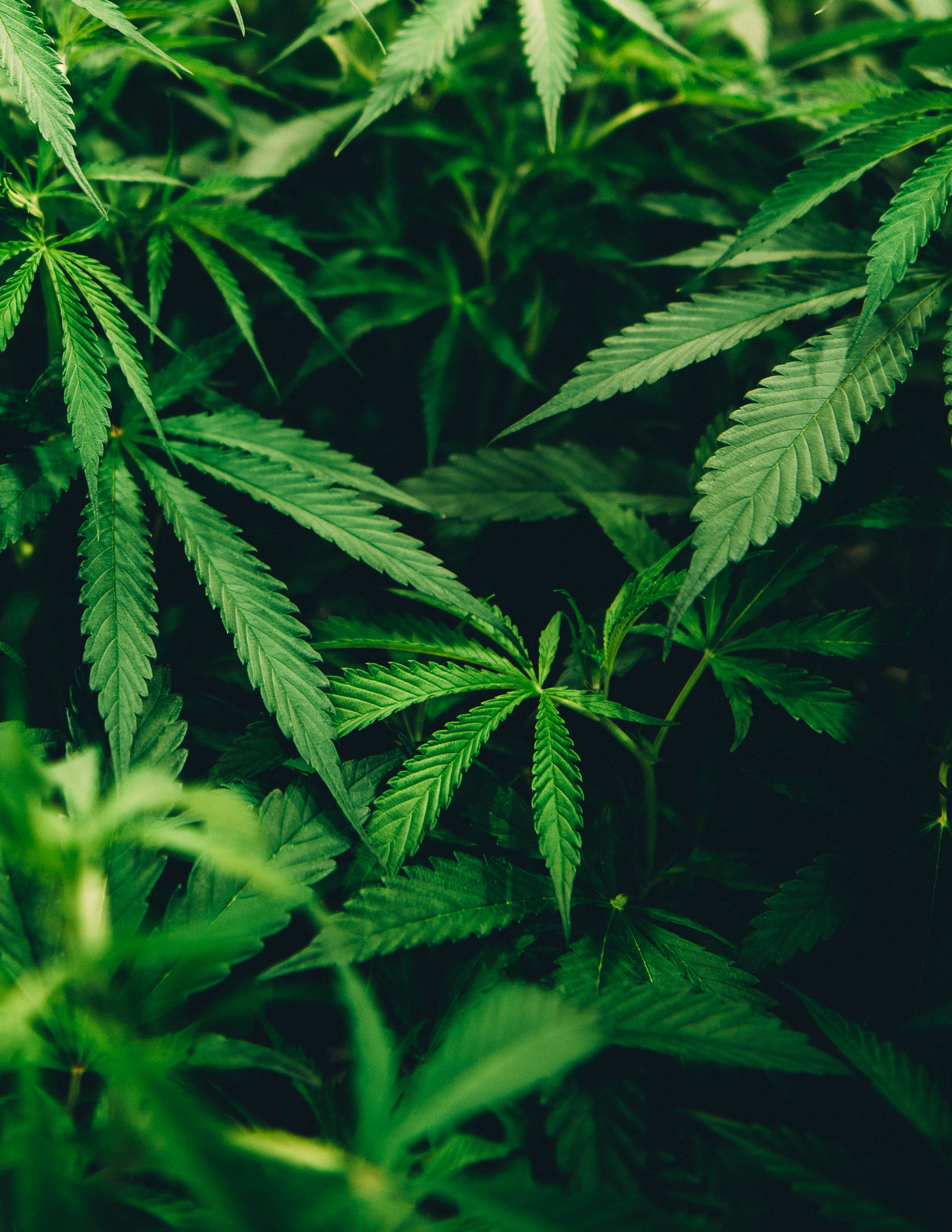In the first two parts of this blog series, we talk about the most popular dairy and dairy-free milk alternatives out there. In this part, we’ll delve deeper into the world of dairy-free milk and see their impact on mother Earth because as incredible as plant-based milk might sound, they are also not that environmentally friendly. So buckle up, and let’s learn more about the other types of milk alternative on the market and their impact on our planet. Remember, even though cow milk might be really bad for our world, it is delicious, and thousands of people can make a living because of them. So, you can’t judge the dairy industry that harshly, but you can take steps to consume less milk and opt for some of these alternatives. Try something new, and who knows, this might make you discover something that you love!
Coconut Milk

Compared to how dairy milk is created and produced, coconut milk is a relatively more sustainable alternative to the former. Coconuts don’t need a tremendous amount of water and pesticide to grow and are harvested by hand, and there is no need for machines to create more carbon emissions. The issue with coconuts is how they are planted and farmed; due to their global demand, mangroves and coastlines are destroyed to plant these trees. Let us explain for those of you who don’t know what monocrop is. Monoculture and monocrops are the large cultivation of a single crop on a vast area of land. They destroy vast amount of areas with the monocrops of coconuts. This is harmful to the biodiversity and to native plants, and the nutritious value of the soil. Coconut pickers in India and Indonesia are paid unfairly and exploited, so be sure that your coconut milk is Fair Trade certified.
Rice Milk

Like most milk alternatives, rice milk has a lower impact on our environment compared t animal-made and produced milk. However, the environmental downside of rice production has been historically overlooked. Rice is by far the most produced and most polluting grain currently being grown on Earth. They are an extremely water-intensive crop with 50% of all diverted freshwater in Asia, and this is used to irrigate rice crops. They produce tremendous amounts of nitrous oxide and methane, which are huge contributors to greenhouse gases; they contribute to 12% of global methane emissions.
Oat milk

It is deemed as the most sustainable option out of all dairy and dairy-free milks out there. Growing and producing oats require far less water and land than other milks on this list and blog series; when compared to almond, oars require 6 times less water to grow. They also produce very little greenhouse gas emissions. Oats are also grown in colder areas like the States and Canada; they are part of the world where large-scale deforestation is not an issue. To this point, there have been no major environmental consequences that could arise with the growth of the oat milk industry.
Pea Milk

It is considered as an environmentally-friendly source of protein, especially for people who don’t eat meat like vegans and vegetarians. Most people don’t know that it is also a great and sustainable dairy alternative and is comparable to soy milk because it produces low greenhouse gas emissions and requires minimal pesticide to grow. Peas like oats are grown in colder areas where drought isn’t a real issue, and they don’t infringe on local water storage.
Remember, even though you might think you aren’t making an impact on Earth, it is one same step for humankind, but it is a giant step for the preservation of mother nature. If you want to read more about milk and dairy-free alternatives, then click here and read part two. Sound off in the comments section below and tell us your favorite milk alternative.




